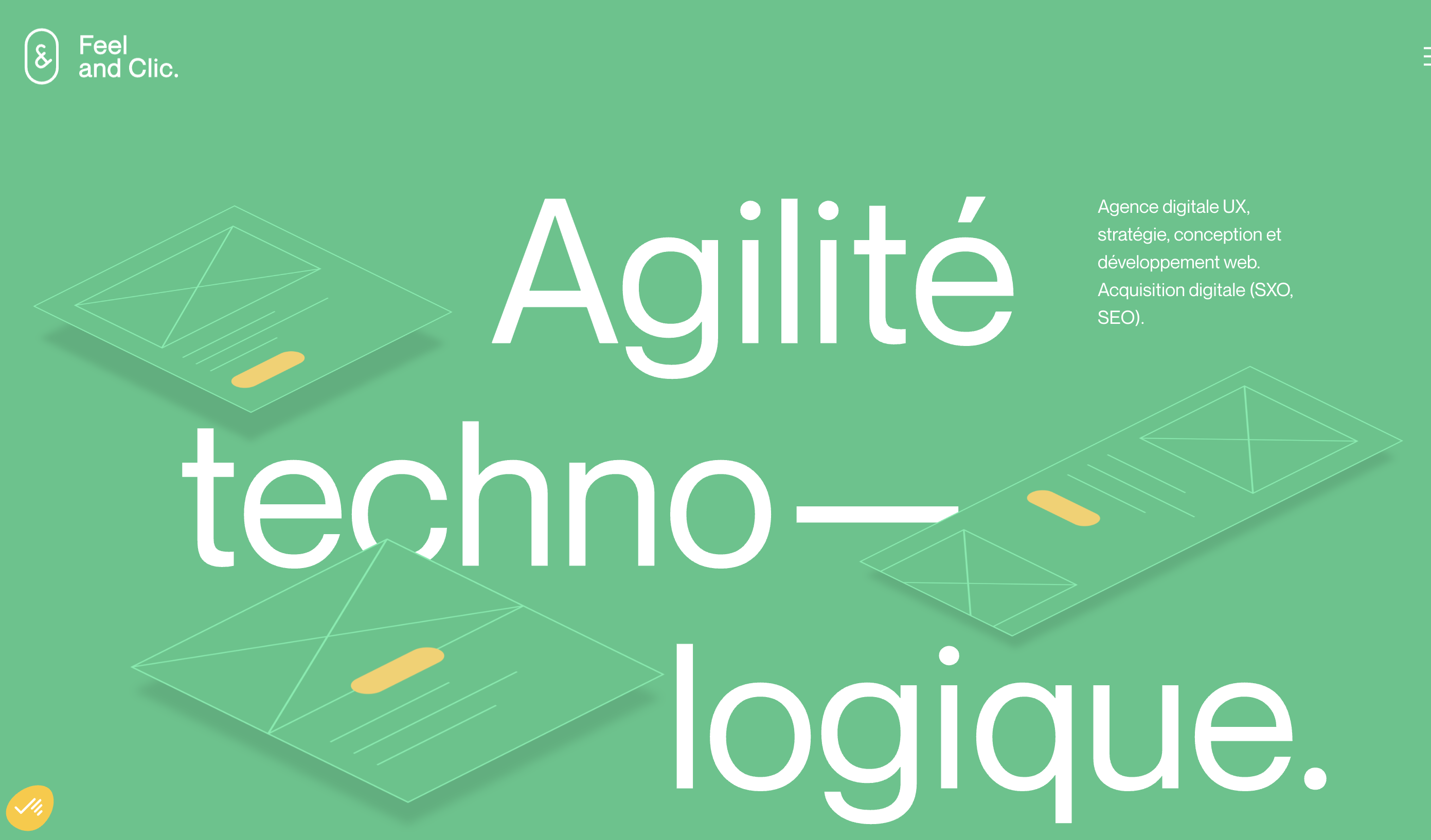
Understanding Intellectual Property in Design
Grasping the Concept of Intellectual Property in Design
Understanding intellectual property (IP) in design is crucial for ensuring that your creative works are well-protected under the law. Intellectual property rights empower designers to safeguard their creations, enabling them to control how their designs are used and distributed. By doing so, it helps prevent unauthorized use or reproduction of original design work, maintaining the creator's right to their own invention. IP in design covers several types of intellectual assets:- Copyright: This protects the expression of ideas in a tangible form such as sketches, illustrations, and digital graphics. It's automatic, but registering can strengthen your legal standing.
- Trademarks: Symbols, logos, names, or phrases that distinguish products. They indicate the source and assure the quality to consumers.
- Design Rights: Address the appearance of a product, offering protection for the visual design without covering its functionality.
- Patents: These don't generally cover design aesthetics but are important if your design involves a new functional aspect.
Common Intellectual Property Pitfalls
Recognizing Challenges in Intellectual Property for Designers
In the vibrant world of design, creativity often sits at the intersection of originality and inspiration, creating a fertile ground for intellectual property challenges.
- Plagiarism: One of the most prevalent issues is the thin line between being inspired by another designer's work and copying it. Ensuring your designs are unique while drawing lawful inspiration is critical.
- Copyright Infringement: Designs, particularly in digital forms, can be easily replicated, increasing the risk of unauthorized use. Familiarizing yourself with copyright laws is imperative.
- Trademark Confusion: Using similar branding elements can lead to legal disputes over trademark rights, proving costly for designers.
The future of interaction design indicates that as technology evolves, these challenges may become more complex, requiring designers to stay informed and proactive in protecting their intellectual property.
Strategies for Protecting Your Designs
Protecting Design Work Through Intellectual Property Mechanisms
In the world of design, safeguarding your creative outputs is crucial in maintaining both your competitive edge and your reputation. Leveraging intellectual property (IP) rights effectively can make a significant difference. Here, we explore strategies to shield your designs through existing legal frameworks. To protect your designs, it's essential to first comprehend the different types of IP available. For instance, copyrights protect the expression of ideas, such as graphic designs or digital art, while patents cover new inventions, and trademarks safeguard brand identities. Ensuring you understand these facets allows you to apply the appropriate protection level to each aspect of your work. Some key strategies include:- Trademark Registration: Registering your design's branding elements, like names or logos, as trademarks can prevent unauthorized use, fostering strong brand recognition and customer loyalty.
- Copyright Protection: Automatically granted to creators, copyright protection requires no formal registration, but doing so adds an extra layer of security, particularly for original works and digital content that can easily be duplicated.
- Design Patents: For innovative product designs, applying for a design patent can secure exclusive rights for a limited time, deterring others from replicating your unique design features.
Balancing Creativity and Legal Constraints
Finding the Balance Between Creativity and Legal Boundaries
In the dynamic world of design, balancing creativity with legal constraints is crucial. Designers often find themselves navigating a complex landscape of intellectual property laws while striving to maintain their creative freedom. This balance is essential not only for protecting one's work but also for ensuring compliance with international environmental agreements and trade agreements.
To achieve this balance, designers must first understand the environmental governance and global environmental provisions that impact their work. These policies can influence the way designs are created, shared, and protected on a global scale. For instance, environmental politics and climate change considerations are increasingly shaping the design space, requiring designers to be mindful of sustainable practices.
Moreover, the political science behind intellectual property laws often intersects with foreign policy and international trade agreements. Designers must be aware of these intersections to navigate the global commons effectively. This awareness helps in understanding how political and environmental provisions can affect design practices and the publication of original works.
Incorporating these considerations into the design process can be challenging, but it is necessary for compliance with international environmental policies and governance. By doing so, designers can ensure that their work not only stands out in the global market but also adheres to the necessary legal frameworks, thus avoiding potential pitfalls discussed in earlier sections.
Collaborative Design and Intellectual Property
Collaborative Efforts and Intellectual Property Dynamics
In the design world, collaboration is a pivotal element that fosters innovation and pushes creative boundaries. However, when multiple parties are involved in the creative process, dissecting the intricacies of intellectual property (IP) can become complex. Designers collaborating must first clarify ownership rights—whether it will be joint ownership or exclusive rights held by one party. Establishing these terms early on in the project helps prevent conflicts down the line. Participants should also be aware of the contractual obligations affecting IP rights, such as non-disclosure agreements (NDAs) that safeguard unique ideas and strategies. Ownership isn't the only challenge in collaborative design. Licensing agreements often come into play and must be carefully negotiated to align with each contributor's interests. This involves determining how the created IP can be used commercially or non-commercially, and whether contributors will receive royalties or licensing fees. Communication is key in preserving the balance between creativity and legal frameworks in collaborative scenarios. Consistent dialogue ensures that any potential issues are addressed proactively. An agreed-upon process for handling IP disputes should also be in place, minimizing disruptions to the project's progress. Working collaboratively does not only raise issues of ownership, but also of mutual support and leveraging each other's strengths. Providing a platform for open dialogue about IP considerations can help in promoting an environment where creativity and legal rights coexist harmoniously.Future Trends in Design and Intellectual Property
Emerging Trends in Design and Intellectual Property
As the design landscape continues to evolve, understanding the future trends in intellectual property (IP) becomes crucial for designers. The intersection of global environmental concerns and design is increasingly shaping IP policies. With climate change at the forefront, designers are now considering how their creations impact the global commons. This shift is influencing environmental governance and the provisions within international trade agreements.
Designers must navigate these changes by staying informed about the latest environmental politics and policies. The integration of sustainable practices in design not only aligns with global environmental agreements but also enhances the originality of their work. As environmental provisions become more embedded in trade agreements, designers need to adapt to these new standards to protect their intellectual property effectively.
Global Governance and Intellectual Property
Global governance plays a significant role in shaping the future of design IP. As international environmental policies evolve, designers must be aware of how these changes affect their work. The political climate surrounding environmental governance is complex, with various international agreements influencing design practices. Understanding these dynamics is essential for designers to ensure their creations are protected under the latest IP laws.
Moreover, the rise of digital formats, such as PDF and other publication formats, is transforming how designs are shared and protected. Designers must consider how these formats impact the dissemination and protection of their work on a global scale. By staying informed about the latest developments in political science and foreign policy, designers can better navigate the challenges of protecting their intellectual property in an increasingly interconnected world.















